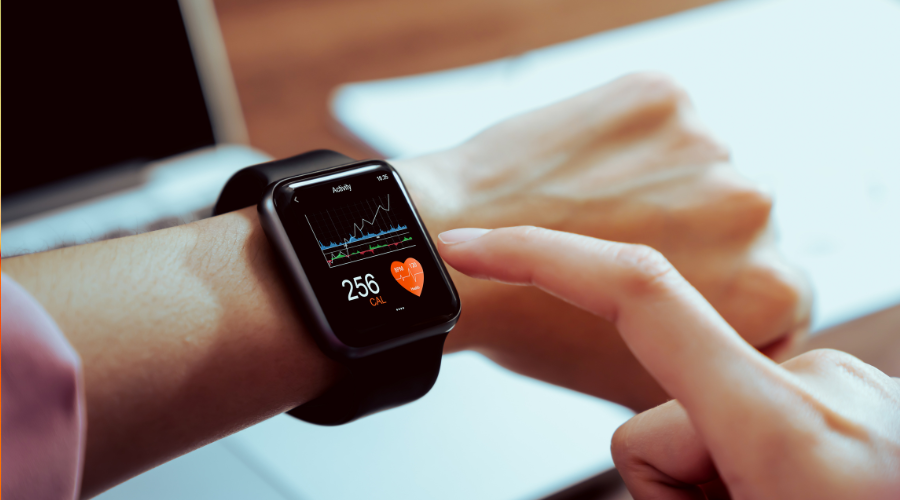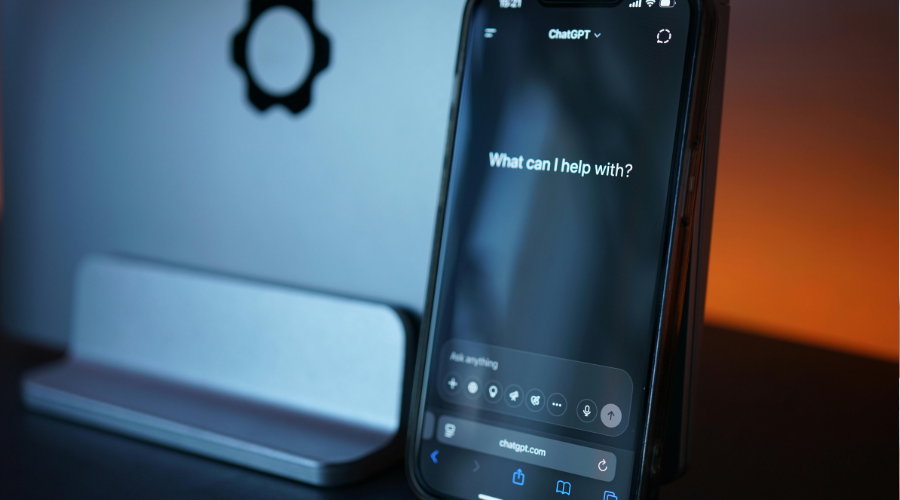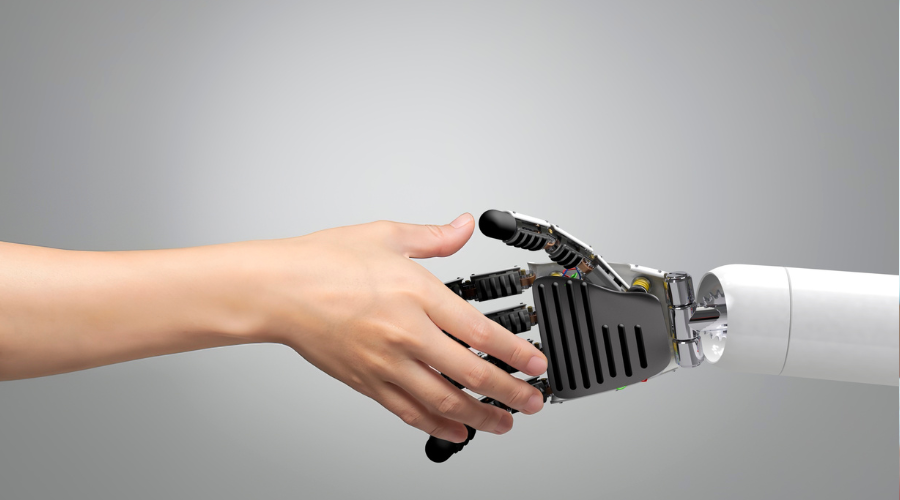Dr. Anita Gupta is a C-suite Healthcare Executive Leader, Board Member and Physician-PharmD.
Working as a physician, I quickly learned how the realities of modern work can impact everyone, not just patients, but coworkers and care teams as well.
As I witnessed colleagues struggle with burnout and stress-related declines in health, I began to understand how well-being is not a nice-to-have but a must-have. Today, professionals across industries are beginning to understand this fact, with growing expectations that their organizations will support their well-being. In light of this, artificial intelligence (AI) is emerging as a powerful way to deliver more targeted and effective wellness programs. Especially with the rapid pace of work and the rise of remote and hybrid models, I see AI in wellness not as a luxury but as a necessity. Here are the ways it is reshaping workplace wellness.
Source: Forbes
Mental Health Assistance 24/7

Mental health support is a critical component of wellness, and AI-powered chatbots and virtual assistants are increasingly offering individualized mental health assistance. These tools can analyze language and sentiment to detect signs of stress, anxiety or depression, providing immediate coping resources or guiding employees to professional help.
AI wellness assistants offer confidential support anytime, even outside work hours, acting as a non-judgmental resource. Moreover, AI-driven analytics help leadership monitor overall team morale and culture, identifying systemic issues before they escalate.
The key is to treat AI as a first line of assistance while ensuring employees always have access to professional, human-led care when needed.
Wearables And AI

Alongside mental health, physical wellness is a cornerstone of overall health. Many employees rely on wearable devices—like smartwatches and fitness bands—to track activity and sleep. AI-powered wearables can integrate with corporate wellness programs to monitor metrics such as heart rate variability, steps taken and movement patterns.
With employee consent, this data fuels gamified wellness challenges, motivating teams and providing measurable insights into program effectiveness. Preliminary studies tend to confirm that wearable tech combined with AI increases engagement and fosters a culture where health is a shared responsibility.
In my work with different organizations, I’ve noticed that employee reactions to AI-powered wellness initiatives can differ significantly. Programs that prioritize personalization, privacy and voluntary participation generally achieve higher engagement levels. For instance, when companies transparently communicate that AI tools are there to support rather than surveil employees’ well-being, adoption rates improve noticeably.
On the other hand, programs perceived as mandatory or tied to performance metrics often encounter resistance. Ultimately, building a culture of trust and ensuring employees have control over their data are crucial for successful implementation.
Smart Workload And Schedule Adjustments

Burnout often results from poorly managed workloads and rigid schedules. I’ve used AI tools to help analyze task data, project timelines and performance reviews in order to predict when employees are at risk of overload. By redistributing tasks or recommending schedule adjustments, AI can help foster a better work-life balance.
For example, AI might suggest breaks during extended meetings or optimize work hours based on individual productivity patterns and preferences. This kind of dynamic work helps reduce burnout and improve overall employee well-being.
As a small warning, organizations must resist the temptation to use these tools for efficiency alone; the real value comes when scheduling decisions prioritize people as much as productivity.
Wellness On A Personal Level

Overall, I see AI helping employers go beyond generic wellness offerings by aggregating data from various sources. This includes the previously described fitness trackers, as well as workplace surveys, productivity tools and even email. You can then apply AI analytics to detect patterns in employee stress levels and physical activity. This allows for the creation of highly personalized wellness programs tailored to individual needs.
Along with the already mentioned optimized work hours, AI can also help personalize things like workouts based on an employee’s calendar, mood and physical activity levels.
AI wellness tools can also use employee survey data to identify early warning signs of stress, burnout or deteriorating mental health. I worked with one client who used employee survey responses to identify people at risk. By intervening early, managers were able to provide resources and support to help those employees, which resulted in better outcomes and less absenteeism.
While these capabilities are powerful and still developing, like with my earlier advice on AI-powered chatbots and virtual assistants, business leaders need to maintain a healthy skepticism and remember that real human connection is irreplaceable. An over-dependence on algorithms can lead to missed nuances, as well as privacy concerns.
Making Wellness Accessible

Importantly, wellness must be accessible to all employees. By using natural language processing and real-time translation, AI can remove language barriers and customize content to improve accessibility.
I have already shown how analytics can help you detect employee stress levels and monitor overall morale, but it can also help reveal gaps in participation, allowing your organization to tailor offerings for broader inclusion.
It is important, though, to remember how these tools may not be available to everyone due to cost; providing access to these tools is also one option to consider as a health care option or benefit.
Preparing For AI-Driven Wellness

AI is fundamentally changing how work happens—and this includes employee wellness. Companies that adopt AI tools to track, assess and engage their workforce will be better equipped for the evolving future of work.
In the next five to ten years, I envision AI shifting from reactive interventions to predictive wellness coaching, identifying risks before they manifest. To build trust and ensure equitable care, organizations must also address ethical considerations, such as data privacy, consent and algorithmic bias.
For companies just starting on this journey, my key advice is to be transparent with employees. Also, make sure you are using AI to complement human care. This helps foster a culture where wellness is a collective priority.
Overall, the organizations that prioritize an employee-centered and AI-empowered approach can see healthier, more productive and more loyal teams in the long run.


